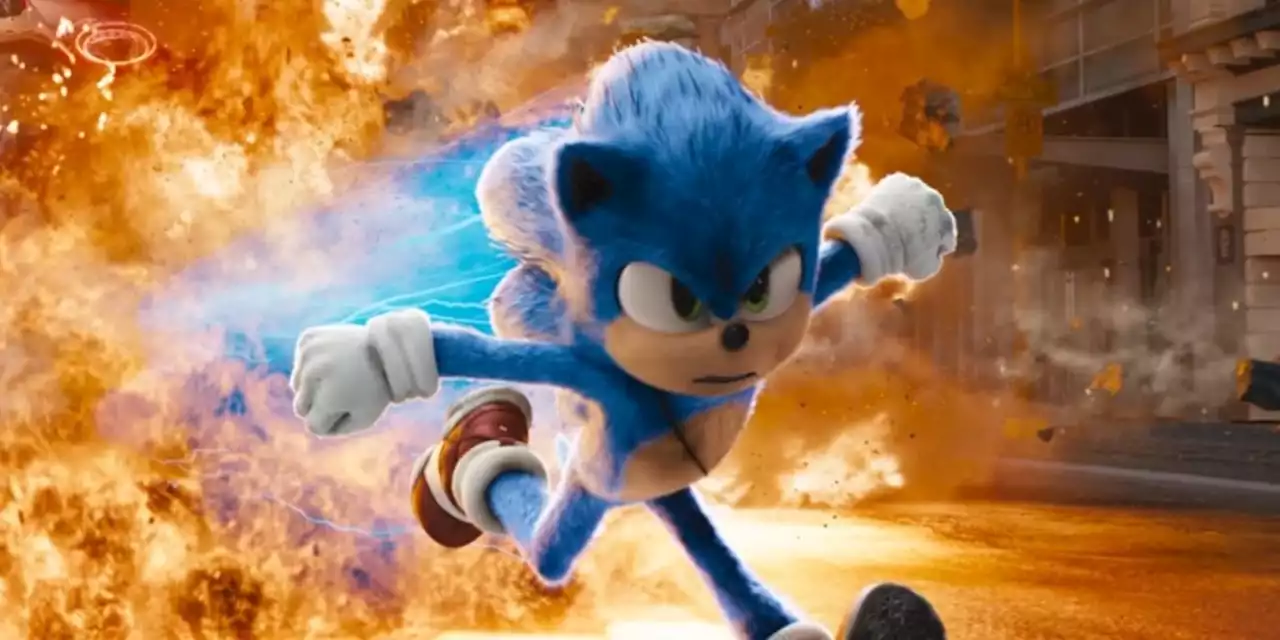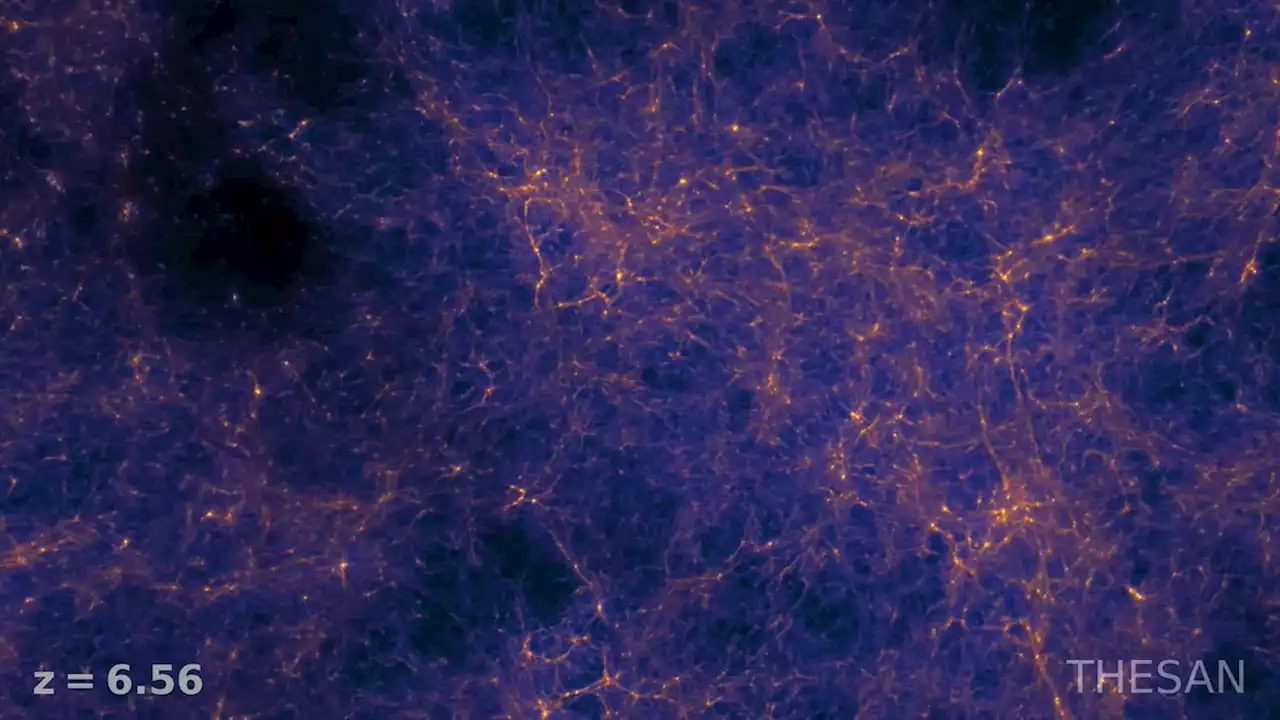New Simulation Recreates an Early Time in the Universe That Still Hasn't Been Seen Directly - Universe Today universetoday storybywill
of the Bavarian Academy of Sciences. The process took over 30 million CPU hours and would have required more than 3,500 years to complete on a conventional computer.The simulations cover the. In this cosmic period, neutral hydrogen atoms were ionized to form positive hydrogen atoms, allowing light to spread throughout the Universe. Simulating this period was no easy task, as it involved recreating some immensely complicated and chaotic interactions between gravity, gas, radiation, and more.
“Most astronomers don’t have labs to conduct experiments in. The scales of space and time are too large, so the only way we can do experiments is on computers. We are able to take basic physics equations and governing theoretical models to simulate what happened in the early universe.” Image of the Universe’s large-scale structure, showing filaments and voids within the cosmic structure. Credit: Millennium Simulation Project
Österreich Neuesten Nachrichten, Österreich Schlagzeilen
Similar News:Sie können auch ähnliche Nachrichten wie diese lesen, die wir aus anderen Nachrichtenquellen gesammelt haben.
 “Bridgerton” Season 2: New Characters, New Romance, New Diamond'Bridgerton' is a period drama that centers around London's competitive marriage mart.
“Bridgerton” Season 2: New Characters, New Romance, New Diamond'Bridgerton' is a period drama that centers around London's competitive marriage mart.
Weiterlesen »
 A new place for consciousness in our understanding of the universeTo make sense of mysteries like quantum mechanics and the passage of time, theorists are trying to reformulate physics to include subjective experience as a physical constituent of the world
A new place for consciousness in our understanding of the universeTo make sense of mysteries like quantum mechanics and the passage of time, theorists are trying to reformulate physics to include subjective experience as a physical constituent of the world
Weiterlesen »
 Sonic the Hedgehog 2 Is Start Of A New Cinematic Universe Says ProducerSonicTheHedgehog2 producers tease the future of the franchise, with Neal H. Moritz saying they plan to add 'new characters, bigger worlds, a new, incredible journey, and more action and adventure.'
Sonic the Hedgehog 2 Is Start Of A New Cinematic Universe Says ProducerSonicTheHedgehog2 producers tease the future of the franchise, with Neal H. Moritz saying they plan to add 'new characters, bigger worlds, a new, incredible journey, and more action and adventure.'
Weiterlesen »
 The Farthest Star Sheds New Light on the Early UniverseA cosmic fluke helped Hubble spy Earendel, a giant star at the edge of the known universe that could tell us more about what happened after the Big Bang.
The Farthest Star Sheds New Light on the Early UniverseA cosmic fluke helped Hubble spy Earendel, a giant star at the edge of the known universe that could tell us more about what happened after the Big Bang.
Weiterlesen »
 The Farthest Star Sheds New Light on the Early UniverseA cosmic fluke helped Hubble spy Earendel, a giant star at the edge of the known universe that could tell us more about what happened after the Big Bang.
The Farthest Star Sheds New Light on the Early UniverseA cosmic fluke helped Hubble spy Earendel, a giant star at the edge of the known universe that could tell us more about what happened after the Big Bang.
Weiterlesen »
 Doctor Strange in the Multiverse of Madness: New Promo Poster Gives New Look at Scarlet WitchMarketing for Doctor Strange in the Multiverse of Madness has been ramping up as its release date [...]
Doctor Strange in the Multiverse of Madness: New Promo Poster Gives New Look at Scarlet WitchMarketing for Doctor Strange in the Multiverse of Madness has been ramping up as its release date [...]
Weiterlesen »
